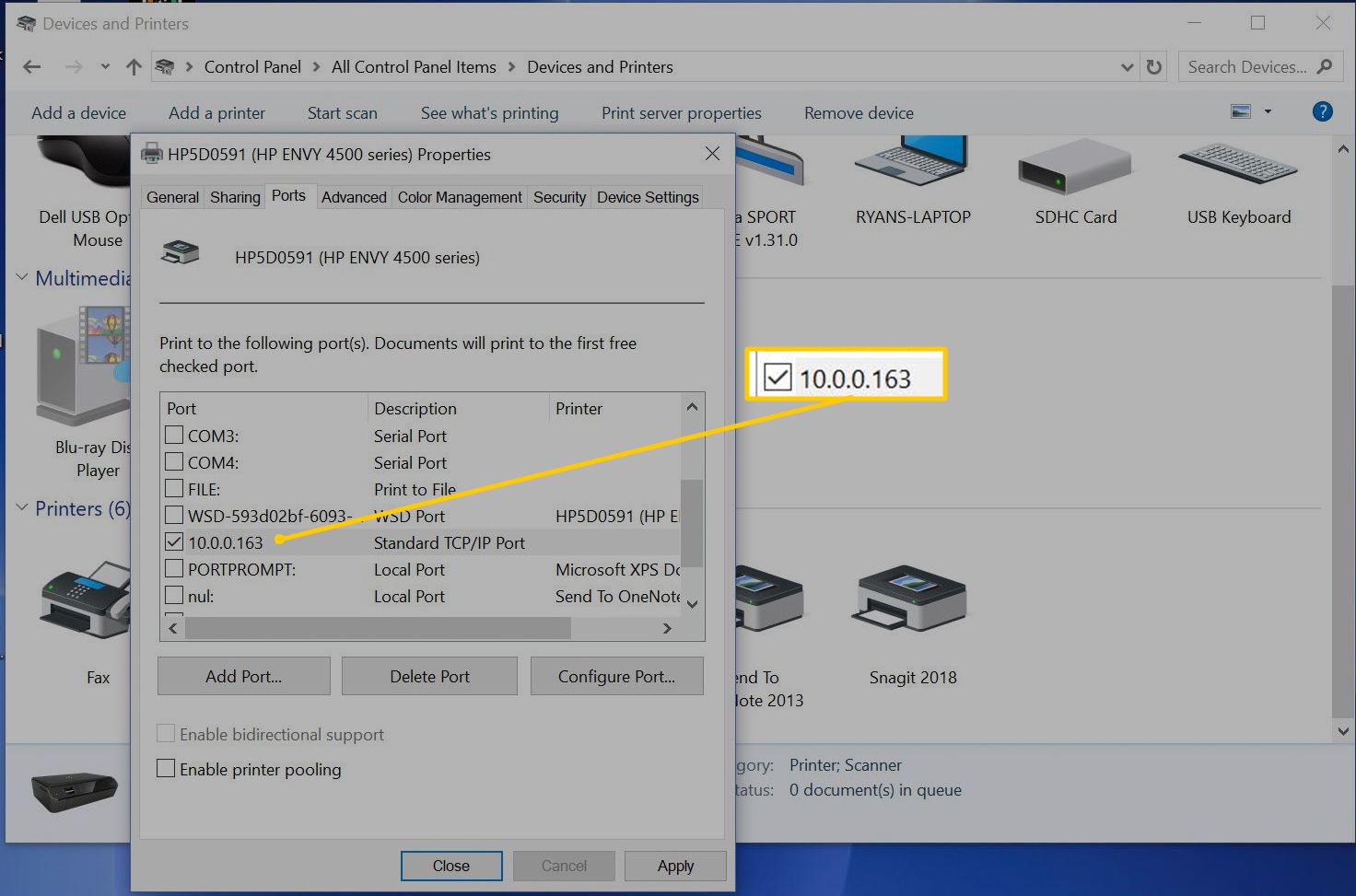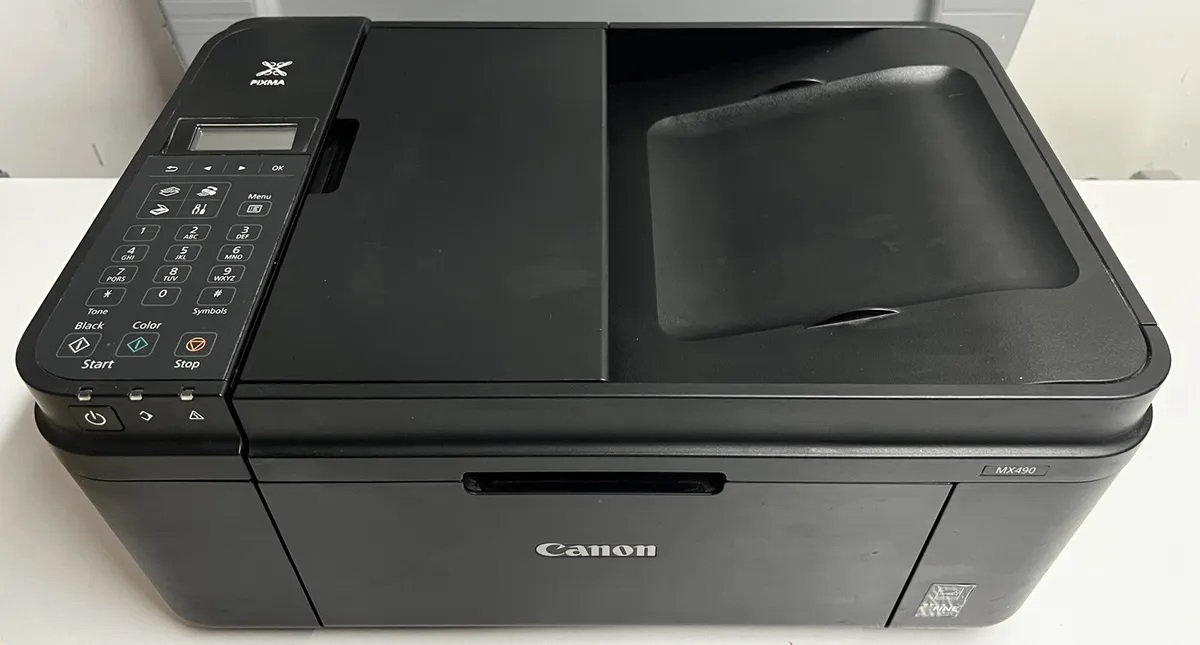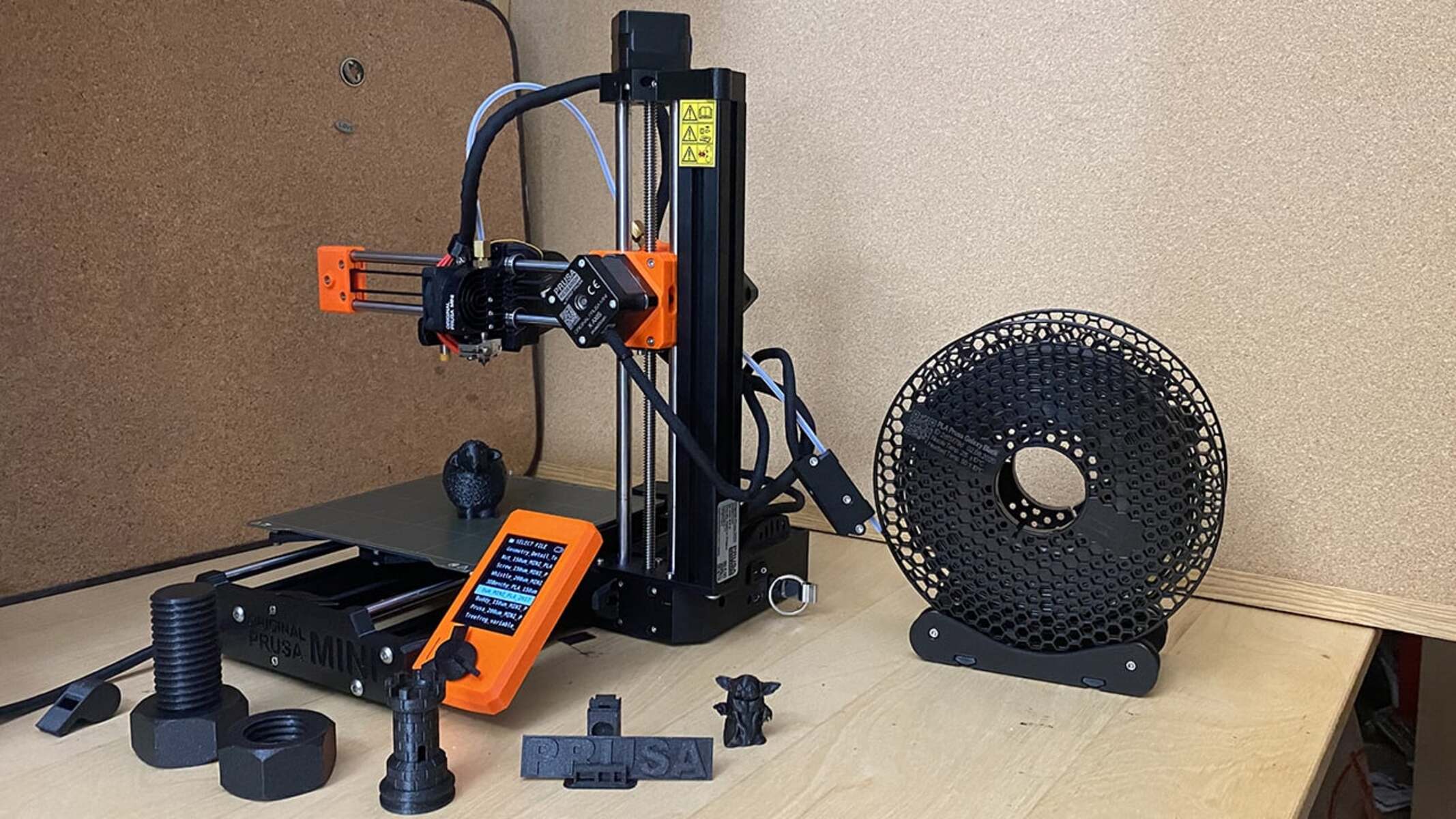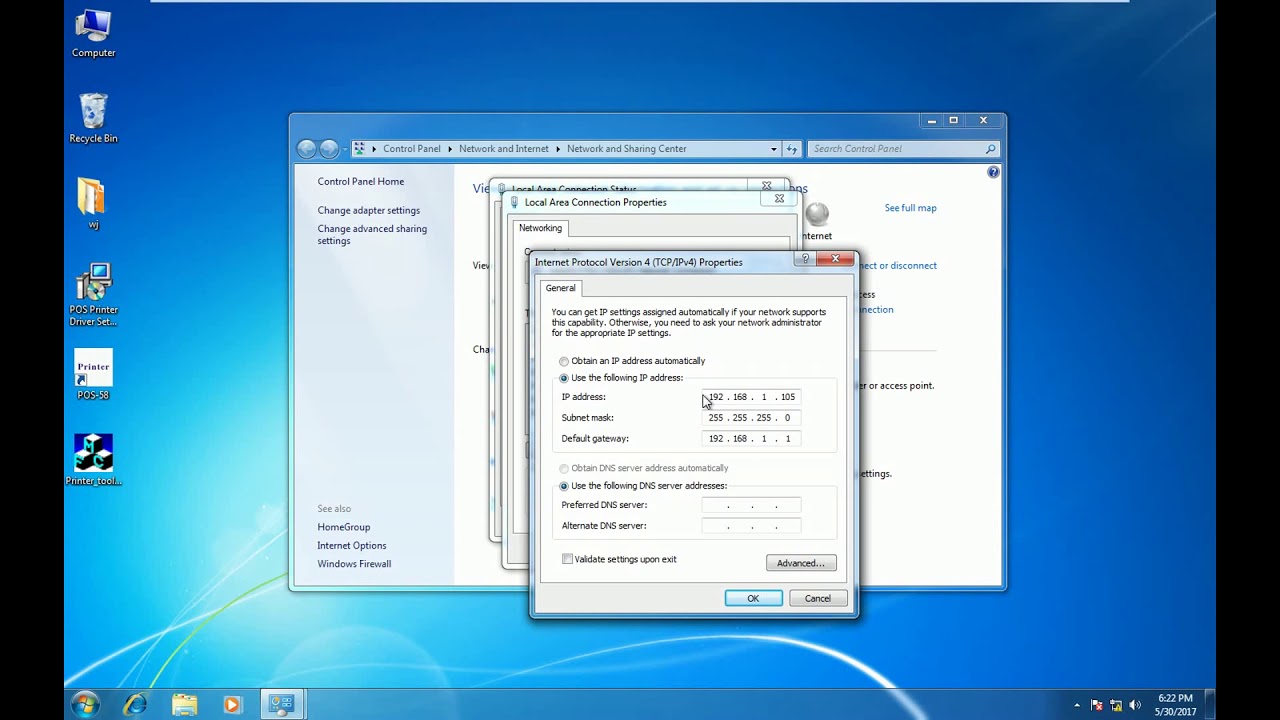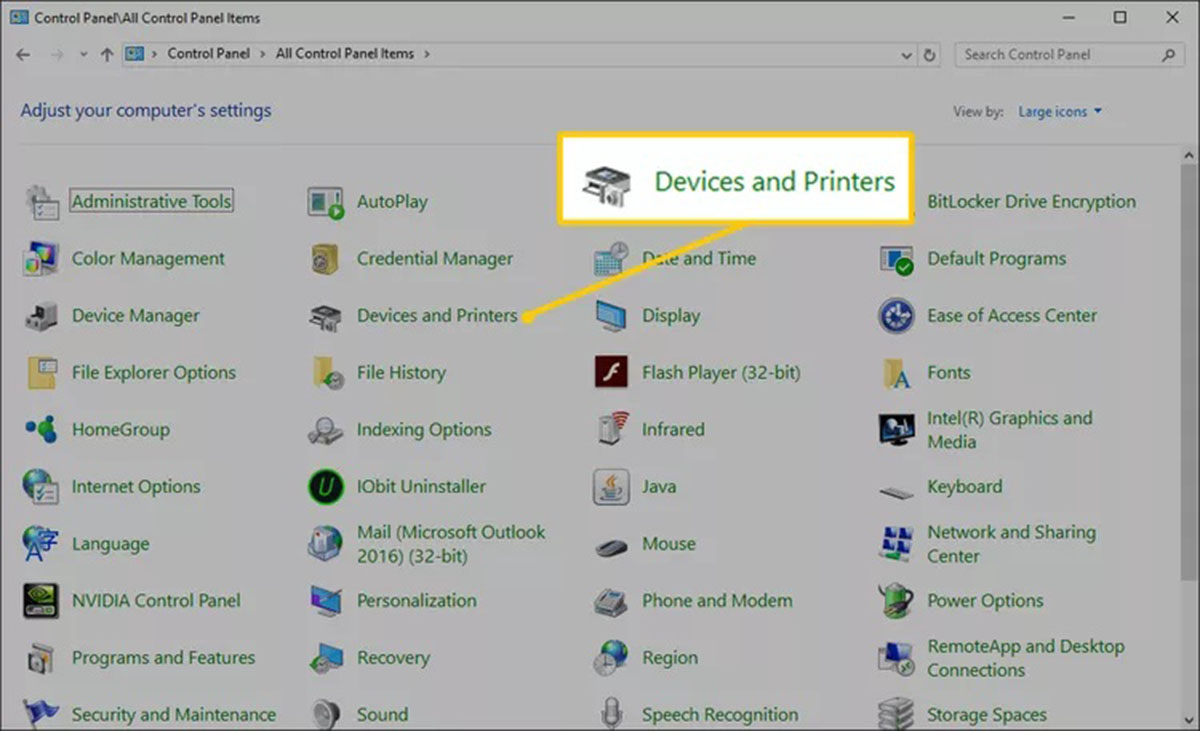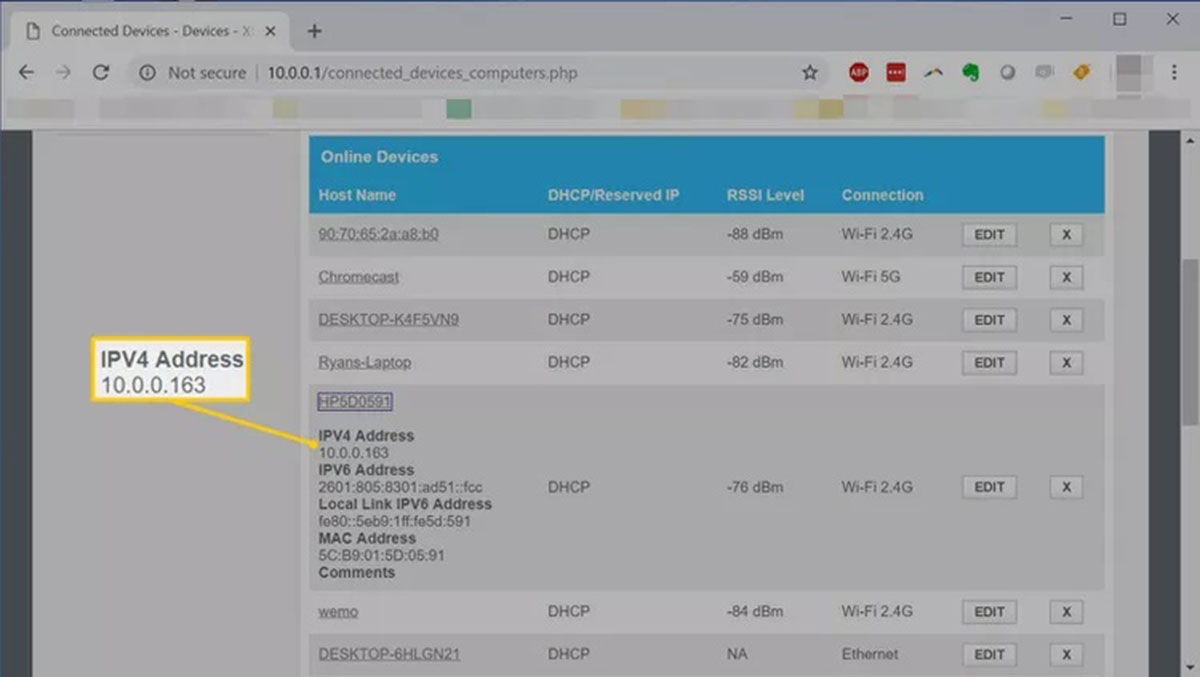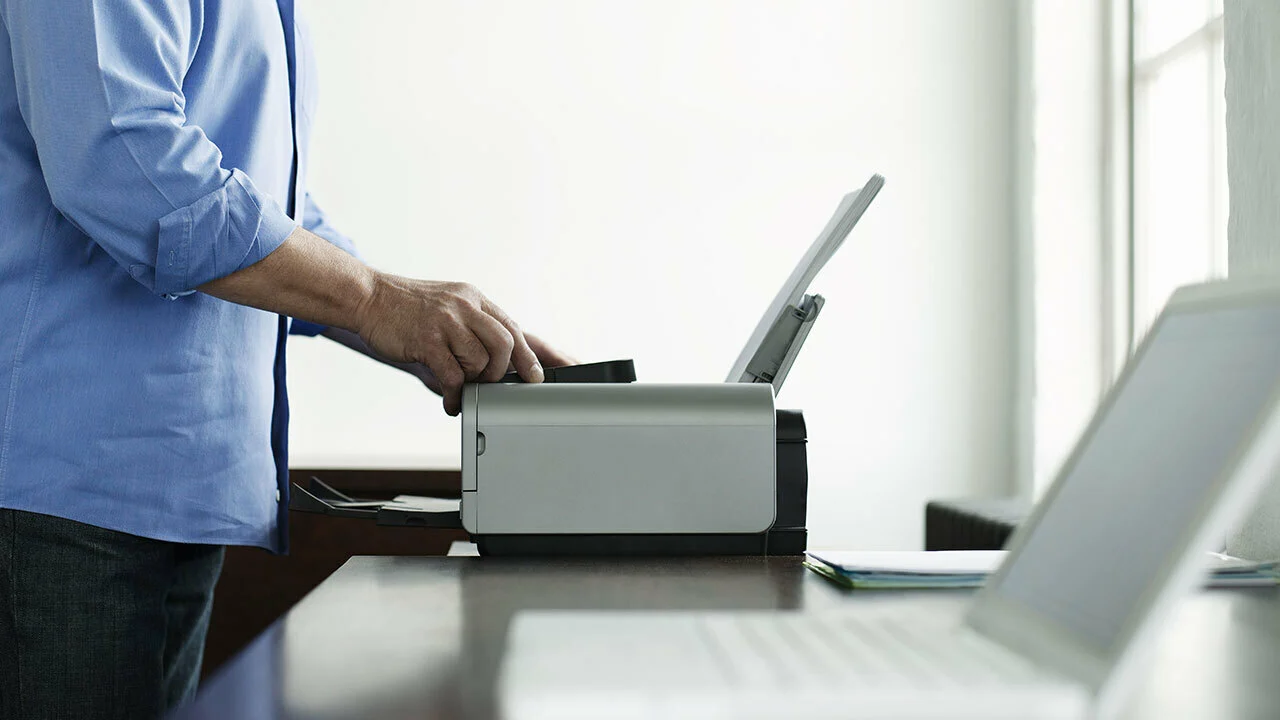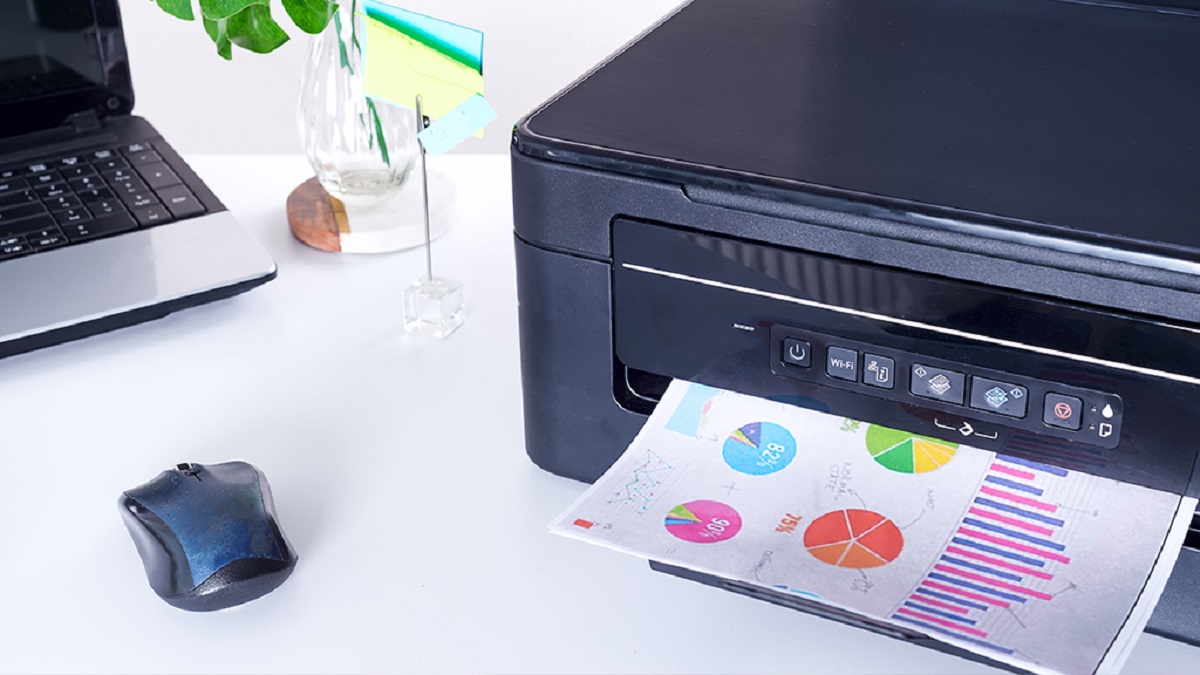Introduction
When it comes to troubleshooting or setting up your printer on a network, one crucial piece of information you need is the printer’s IP address. The IP address acts as a unique identifier for your printer within the network, allowing your computer and other devices to communicate with it seamlessly.
While finding the IP address may seem like a daunting task, rest assured it can be accomplished with relative ease. In this article, we will explore several methods to help you locate the IP address for your printer.
Whether you need to configure your printer on a new network, troubleshoot connectivity issues, or simply want to keep your printer’s information on hand, knowing how to find the IP address is essential. With the IP address, you can establish a direct connection to your printer, access its settings, and even monitor its print queue.
It’s important to note that the methods for finding the IP address may vary depending on your printer model and the operating system you are using. However, we will cover the most common approaches that should work for a majority of printers and operating systems.
By the end of this article, you will have a clear understanding of how to find your printer’s IP address, enabling you to manage and troubleshoot your printer effectively on your network.
Why do you need to find the IP address of your printer?
Understanding the significance of finding your printer’s IP address is crucial for efficient printer management. Here are a few reasons why discovering the IP address of your printer is important:
- Network Configuration: When you want to connect your printer to a new network or troubleshoot network-related issues, knowing the IP address is essential. It allows you to configure the printer’s network settings to ensure seamless communication between your computer and the printer.
- Printer Setup: When setting up a new printer, either for personal or business use, you need to input the IP address during the installation process. This step helps establish a connection with the printer and enables you to start printing and scanning documents.
- Troubleshooting: If you encounter any printing or connectivity issues, knowing the IP address will help you diagnose and resolve the problem. It allows you to access the printer’s settings through a web browser, where you can check for firmware updates, adjust configurations, or clear print queues.
- Printer Monitoring: Discovering the IP address of your printer allows you to monitor its status, such as ink levels, paper jams, and printer job queues. With this information, you can efficiently manage and maintain your printer’s performance.
- Printer Sharing: In a networked environment, finding your printer’s IP address is crucial if you want to share it with other devices and users on the same network. Knowing the IP address allows you to add the printer to other computers so that they can send print jobs directly to it.
By finding the IP address of your printer, you gain access to a range of functionalities that make printer management and troubleshooting more convenient. Whether you need to configure network settings, resolve issues, or monitor printer activities, having the IP address will empower you to take control of your printing experience.
Method 1: Finding the IP address using the printer’s control panel
One of the simplest ways to find the IP address of your printer is by using its control panel. Most modern printers have a built-in display or control panel that allows you to access various settings and information. Follow these steps to locate the IP address using the printer’s control panel:
- Turn on your printer and make sure it is connected to the same network as your computer.
- Access the printer’s control panel. This can typically be done by pressing the “Menu” or “Settings” button on the printer.
- Navigate through the control panel options to find the network or connectivity settings. The exact location of these settings may vary depending on your printer model.
- Look for an option called “Network Status,” “Wireless Settings,” or something similar. Select this option to view the network information.
- Within the network information menu, you should find the IP address listed. Make a note of this IP address for future reference.
Once you have recorded the IP address, you can use it to access the printer’s settings and perform various tasks, such as configuring network settings, checking ink levels, or managing print queues through a web browser.
Note that this method may not be applicable for all printer models, especially older printers without an integrated control panel. In such cases, consider using alternative methods to find the IP address of your printer, which will be discussed in the following sections.
Method 2: Locating the IP address through Windows settings
If you are using a Windows computer, you can find the IP address of your printer through the system settings. Follow these steps:
- Ensure that your printer is connected to the same network as your Windows computer.
- Click on the “Start” button on your desktop and go to “Settings.”
- In the Settings menu, select “Devices” and then click on “Printers & scanners.”
- Under the Printers & scanners section, locate your printer and click on it to view its settings.
- In the printer’s settings, click on “Manage” and then select “Printer properties.”
- A new window will open. Go to the “Ports” tab.
- Look for the port that is checked or selected for your printer. The associated IP address will be mentioned next to it.
Make a note of the IP address displayed as it will be the one assigned to your printer on the network.
Using this method, you can easily find the IP address of your printer through the Windows settings. Having the IP address at hand will allow you to interact with the printer’s settings, monitor its activities, or troubleshoot any issues that might arise.
Method 3: Discovering the IP address using command prompt
If you prefer a more technical approach, you can use the Command Prompt on your Windows computer to find the IP address of your printer. Follow these steps:
- Ensure that your printer is connected to the same network as your Windows computer.
- On your Windows computer, press the Windows key + R to open the Run dialog box.
- Type “cmd” and press Enter to open the Command Prompt.
- In the Command Prompt window, type the following command:
ping [printer hostname or IP address] - Press Enter to execute the command.
- The Command Prompt will display the IP address of your printer as the reply to the ping command.
Make a note of the IP address displayed as it will be the one assigned to your printer on the network.
This method allows you to directly interact with the Command Prompt and obtain the printer’s IP address through a ping command. It is a useful method if you are comfortable using the command line interface and prefer a quick and straightforward way to find the IP address of your printer.
Method 4: Using a network configuration page or software
Another method to discover the IP address of your printer is by using a network configuration page or software provided by the printer manufacturer. This method may vary depending on your printer model, so refer to the printer’s documentation or manufacturer’s website for specific instructions. Here’s a general overview:
- Ensure that your printer is connected to the same network as your computer.
- Open a web browser on your computer and enter the IP address provided by your router in the address bar. This is typically the IP address of your router (e.g., 192.168.1.1) but can vary depending on your network configuration.
- You will be prompted to enter the login credentials for your router. Consult the router’s documentation or contact your internet service provider for the default login information.
- Navigate to the “Connected Devices” or “DHCP Client List” section within the router settings page.
- Look for a device with the name or hostname of your printer. The corresponding IP address will be listed next to it.
- Make a note of the IP address associated with your printer.
If your printer manufacturer provides dedicated software for network configuration, you can install it on your computer. Open the software and follow the instructions to locate the IP address of your printer. The software may provide additional features, such as firmware updates or advanced printer settings.
Using a network configuration page or software provided by the printer manufacturer offers a user-friendly and intuitive way to find the IP address of your printer. It eliminates the need for technical commands and allows you to access all the relevant network information and settings in a centralized location.
Conclusion
Knowing how to find the IP address of your printer is essential for effective printer management and troubleshooting. Whether you need to configure network settings, resolve connectivity issues, or monitor printer activities, having the IP address readily available empowers you to take control of your printing experience.
In this article, we covered four common methods to help you locate the IP address of your printer. You can use the printer’s control panel, Windows settings, Command Prompt, or network configuration pages/software provided by the printer manufacturer.
When using the printer’s control panel or Windows settings, you can easily find the IP address by navigating through the respective settings menus. For those who prefer a more technical approach, using the Command Prompt allows you to retrieve the IP address through a ping command.
Finally, utilizing network configuration pages or software provided by the printer manufacturer offers a streamlined and user-friendly method to find the IP address. These tools often provide additional features, such as firmware updates and advanced printer settings.
Remember, the specific method to find the IP address may vary depending on your printer model and operating system. Consult the printer’s documentation or manufacturer’s website for detailed instructions tailored to your specific setup.
By successfully locating the IP address of your printer, you can streamline printer setup, troubleshoot connectivity issues more efficiently, and effectively manage your printer on the network.







